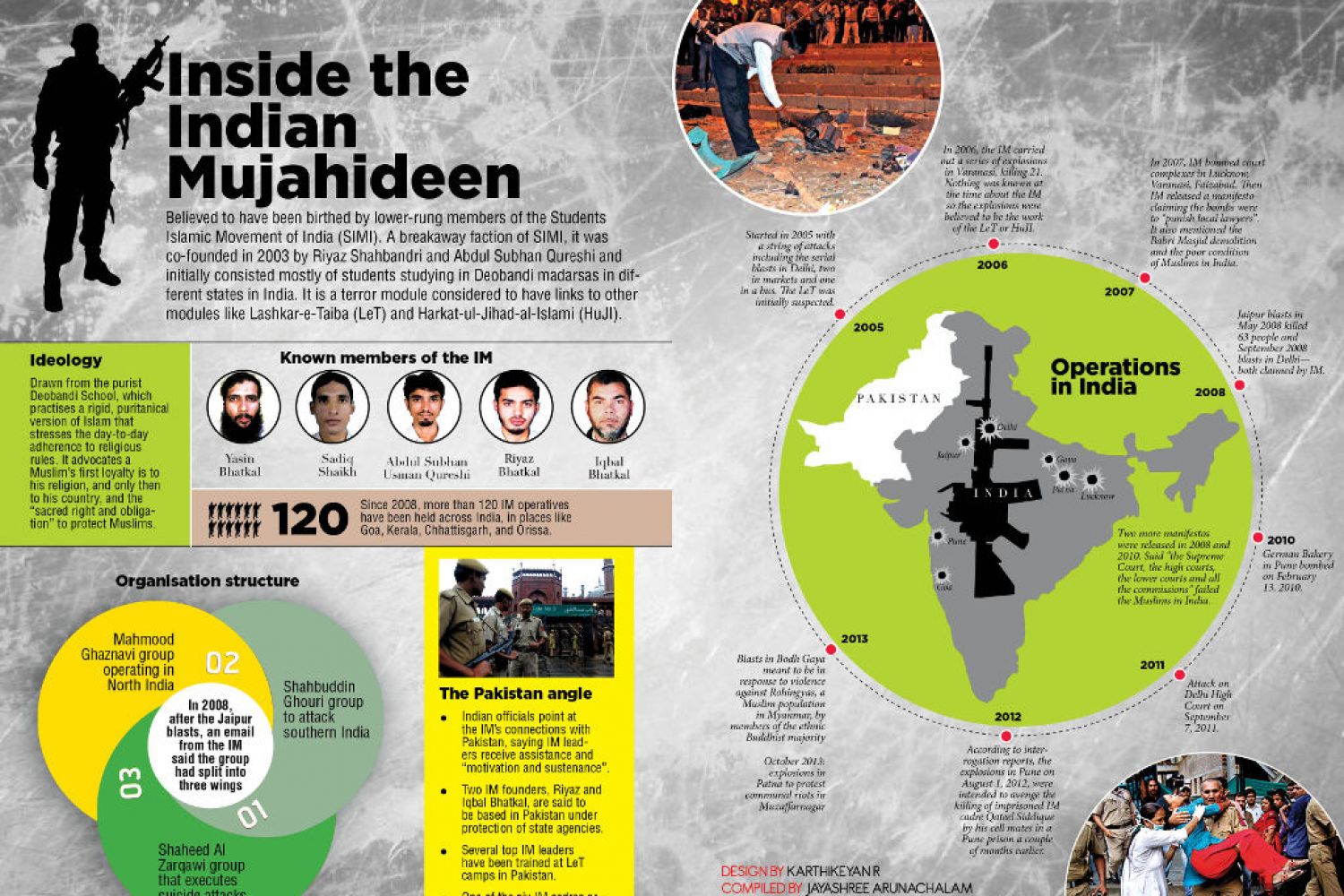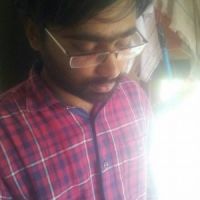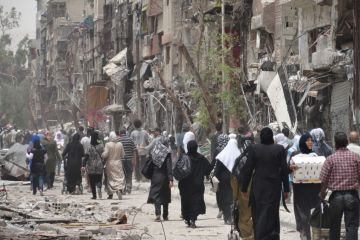
In the classes, they first talked about the oppression of
Muslims in Palestine and other parts of the world. Then they showed how the
Rashtriya Swayamsevak Sangh (RSS) was attacking us and how the RSS wanted to
destroy Babri Masjid,” Saifuddin reminisces about his induction into a militant
group in 1991. “We were told Muslims should come together against the RSS. Then
in the Quran classes, verses about jihad were discussed in a way that showed it
was our duty to wage jihad against perse





